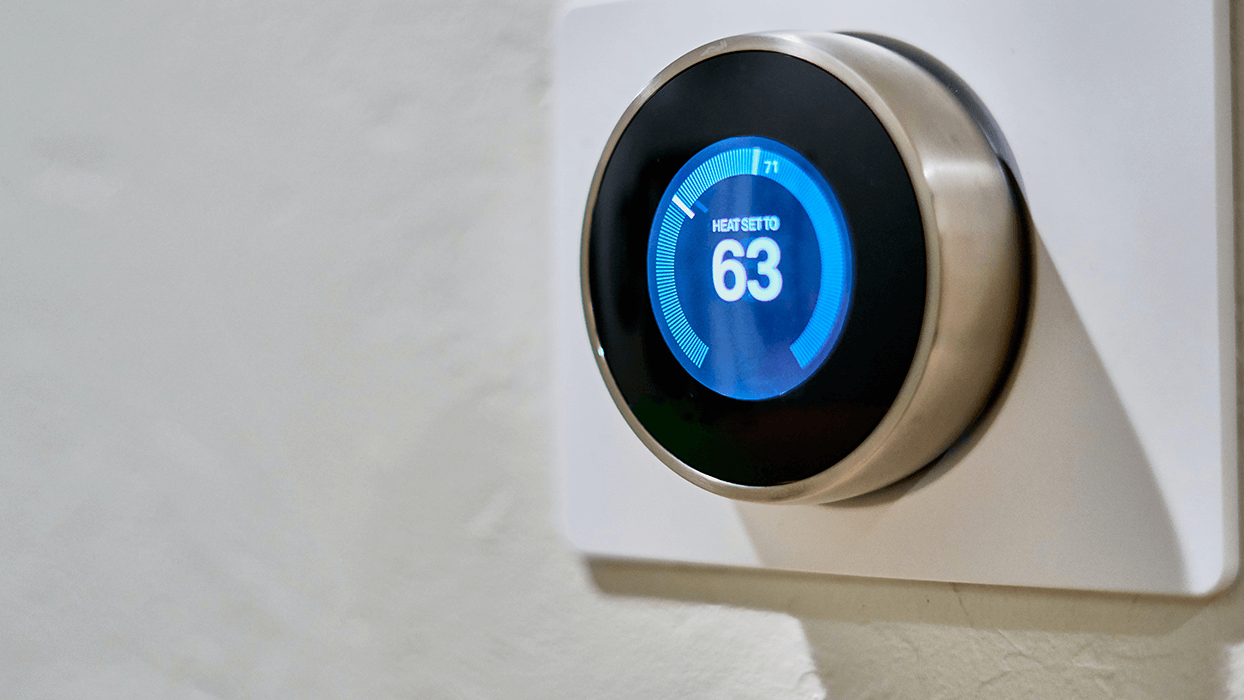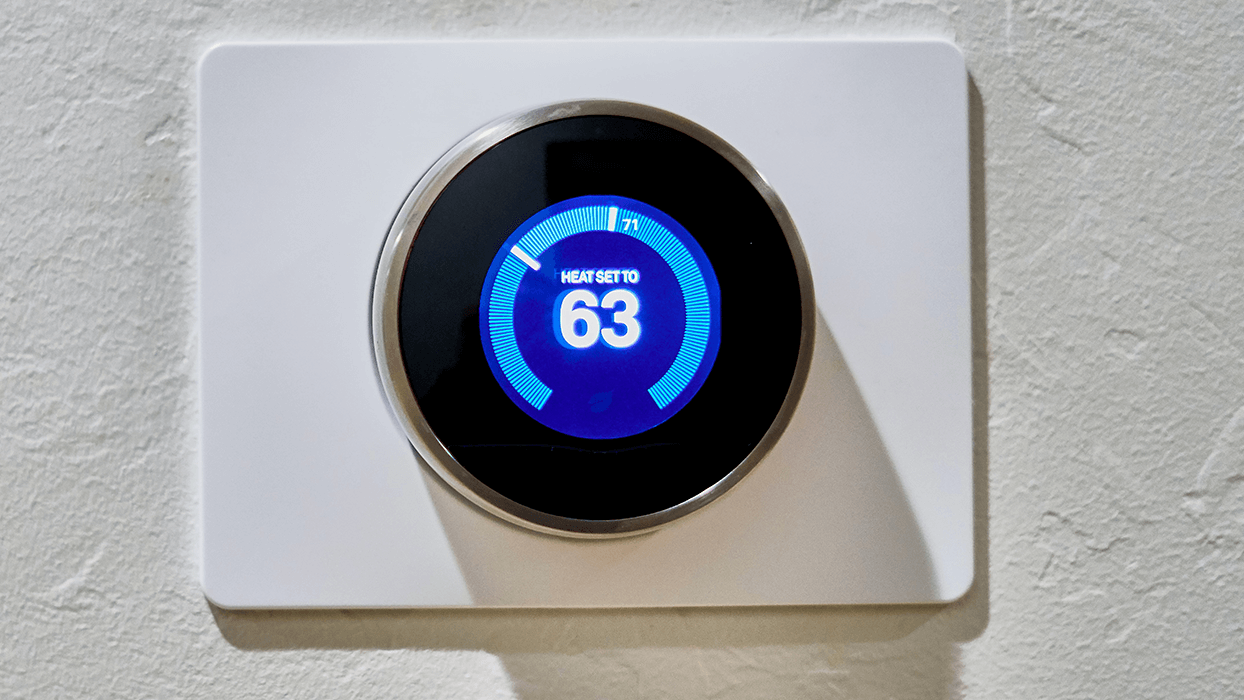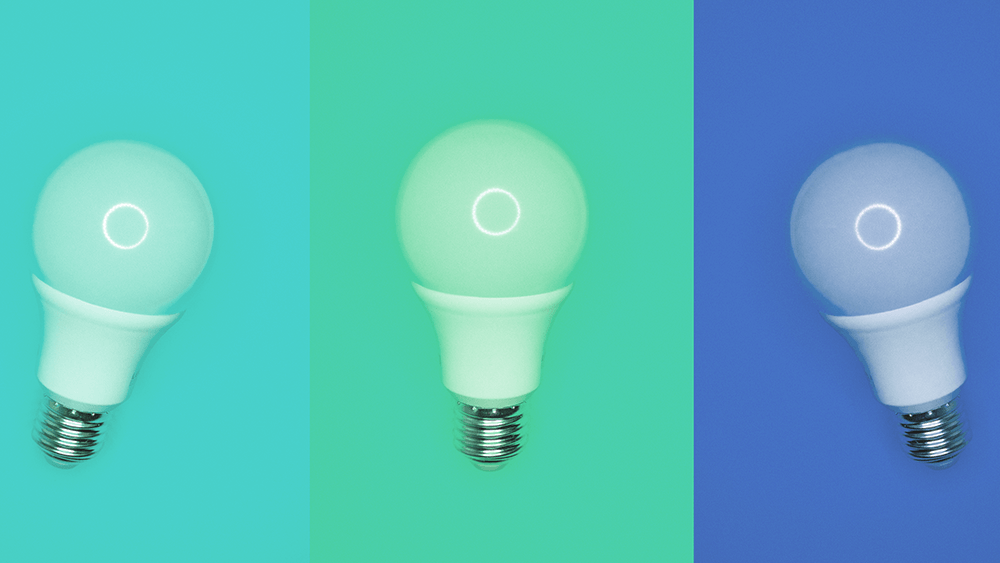This website is a participant in the Amazon Services LLC Associates Program, an affiliate advertising program designed to provide a way for websites to earn advertising revenues by advertising and linking to Amazon.com.
The Smart Thermostat Advantage: Revolutionizing Home Comfort
In today’s tech-driven world, the quest for a smarter, more energy-efficient home often leads homeowners to consider upgrading their thermostats. Smart thermostats, with their sleek designs and intelligent features, promise not only to elevate the comfort of your living space but also to put a dent in those pesky utility bills. But with so many options on the market and a plethora of features to consider, how does one navigate the world of smart thermostats? In this guide, we’ll answer some of the most pressing questions about these devices and offer tips for those just starting their smart thermostat journey.
Beginner Tips for Smart Thermostat Users:
- Start with a Compatibility Check: Before purchasing, ensure that the smart thermostat is compatible with your home’s heating and cooling system. Some older systems might not work seamlessly with the latest devices.
- Leverage the Learning Phase: Most smart thermostats have a learning phase where they observe your habits for a week or so. Be consistent with your preferences during this period to help the device understand your routine better.
- Use Geofencing: Some smart thermostats offer geofencing features, which use your smartphone’s location to determine when you’re home or away. This can be a great way to ensure your home is at the perfect temperature when you arrive.
- Regularly Update the Firmware: Just like any other tech device, smart thermostats receive firmware updates that can improve performance and add new features. Ensure you keep your device updated for optimal performance.
- Explore Energy Reports: Many smart thermostats provide detailed energy consumption reports. Dive into these to understand your usage patterns and identify areas where you can save even more.
1. Do Smart Thermostats actually save money?
Yes, they can lead to energy savings and reduced bills.
Smart thermostats are designed to optimize your home’s heating and cooling system. By learning your habits and preferences, they can adjust the temperature when you’re away or asleep, ensuring that energy isn’t wasted. Over time, these adjustments can lead to significant energy savings, which translates to reduced utility bills. Moreover, many utility companies offer rebates for installing smart thermostats, providing an immediate financial incentive.
2. How much can an average house save per month by switching to a Smart Thermostat?
Savings vary, but typically range from 10% to 23% of heating and cooling costs.
The exact savings depend on various factors, including the size of the home, local climate, and the efficiency of the existing heating and cooling system. However, many users report savings between 10% to 23% on their heating and cooling bills after switching to a smart thermostat. For an average household, this could translate to savings of $10 to $50 or more per month, depending on local energy rates and usage patterns.
3. Which Smart Thermostat offers the best likelihood of saving the most money?
Popular choices include the Nest Learning Thermostat and the Ecobee SmartThermostat.
Several smart thermostats are known for their energy-saving capabilities. The Nest Learning Thermostat, for instance, has features like Home/Away Assist and a learning algorithm that adjusts to your preferences over time. The Ecobee SmartThermostat, on the other hand, comes with remote sensors that can detect occupancy and temperature in multiple rooms, ensuring optimal comfort and efficiency. While both are top contenders, the best choice often depends on individual needs, home setup, and personal preferences.
4. What are the top features to look for and compare when buying a Smart Thermostat?
Consider learning capabilities, remote access, integration with other smart devices, and energy reports.
When shopping for a smart thermostat, it’s essential to consider its learning capabilities – how well it can adjust to your habits over time. Remote access, usually via a smartphone app, is another crucial feature, allowing you to control the thermostat from anywhere. Integration with other smart home devices, like voice assistants or smart lights, can enhance the overall smart home experience. Lastly, look for thermostats that provide energy reports, giving insights into your consumption patterns and offering tips for further savings.
5. How many months of use will it take to repay the purchase of the Smart Thermostat in cost savings?
Typically, 8 to 24 months, depending on the model and energy savings.
The payback period for a smart thermostat depends on its cost, the amount you save on your monthly energy bills, and any rebates or incentives you might receive. On average, homeowners see a return on their investment within 8 to 24 months. For instance, if a smart thermostat costs $250 and you save $25 per month on energy bills, it would take 10 months to recoup the initial investment. However, this can vary based on individual circumstances and local energy rates.


In Closing: In the realm of smart home innovations, smart thermostats stand out as a testament to how technology can seamlessly merge with our daily lives to offer both comfort and efficiency. As we’ve explored, these devices are more than just a modern convenience; they’re a strategic investment in a sustainable future. By optimizing energy usage, reducing wastage, and providing homeowners with unparalleled control over their environment, smart thermostats are not just a trend but a forward step in our collective journey towards smarter, more conscious living. As you consider integrating one into your home, remember that it’s not just about savings or automation, but about crafting a living space that’s in tune with the rhythms of your life and the world around you.
– Content on this site was created by or with the help of the ChatGPT and the OpenAI project.
– Some stock images attributed to Unsplash.com
This website is a participant in the Amazon Services LLC Associates Program, an affiliate advertising program designed to provide a way for websites to earn advertising revenues by advertising and linking to Amazon.com.












